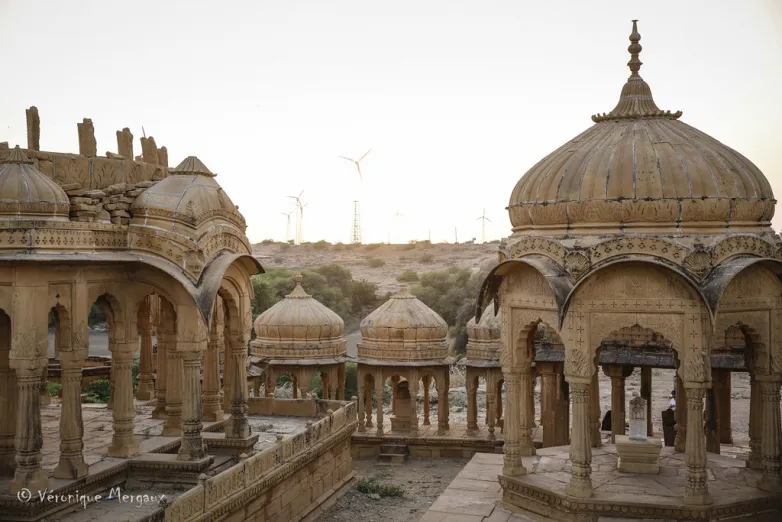Rajasthan eyes 50 GW of solar within six years
Sep 3, 2019 05:46 PM ET
- The state plans to achieve half the amount by 2021-22 under its new draft solar policy. The package also suggests establishing a research hub, privately financed solar parks and encouraging commercial self-consumption of clean energy.

The state government of Rajasthan has come up with a new draft solar policy.
The proposed policy package aims to establish the state as a global hub for solar with 50 GW of installed generation capacity added in the next 5-6 years. It envisages an R&D hub for the deployment of renewable energy technologies and solar-wind hybrid projects, with a focus on improving efficiency and reducing balance-of-system costs.
The new policy aims to achieve 25 GW of grid-connected solar projects up to 2021-22 to fulfill the renewable purchase obligation of state electricity distribution companies (discoms) from PV. The state will also endeavor to develop solar projects for sale to parties other than state discoms, and for commercial self-consumption.
Rajasthan also proposes setting up decentralized, grid-connected solar projects near 33 kV sub-stations for the sale of power to discoms. The minimum capacity allowed for such projects under the draft policy would be 500 kW and the maximum 3 MW. The projects would be awarded through tariff-based competitive bidding.
To promote the development of 500 MW-plus solar parks, the state government will invest up to half of the equity required, including the cost of land, in joint venture companies formed for their development.
Viability
However, industry insider Gopal Lal Somani says Rajasthan’s ambitious 25 GW, 2-3-year target appears out of reach. He said the state policy has gaps on issues such as land acquisition, the huge transmission network required for the influx of solar, the creditworthiness of discoms and permit processing for land use.
The new proposals need an investment-friendly environment and cost-economic benefits for developers to take investment decisions, said Somani.
He said no targets had been laid down for ground-mounted solar plants, distributed generation projects feeding 132, 33 and 11 kV substations, or the adoption of solar powered irrigation pumps and animal feeders under the Kisan Urja Suraksha Evam Utthan Mahaabhiyan rural solar scheme. The latter initiative needs a detailed plan to progress from pilot schemes to widespread adoption, Somani said.
The solar industry professional added, the numerous fees faced by PV project developers would ensure plans for open access solar energy and self-consumption would prove unworkable.
Next generation solar projects including floating PV will be discussed at the pv magazine Future PV Roundtable India, Thursday 19 September, on the 2nd day of REI. Join us, as we discuss grid constraints, and the role of Solar Plus Storage.
Also read


